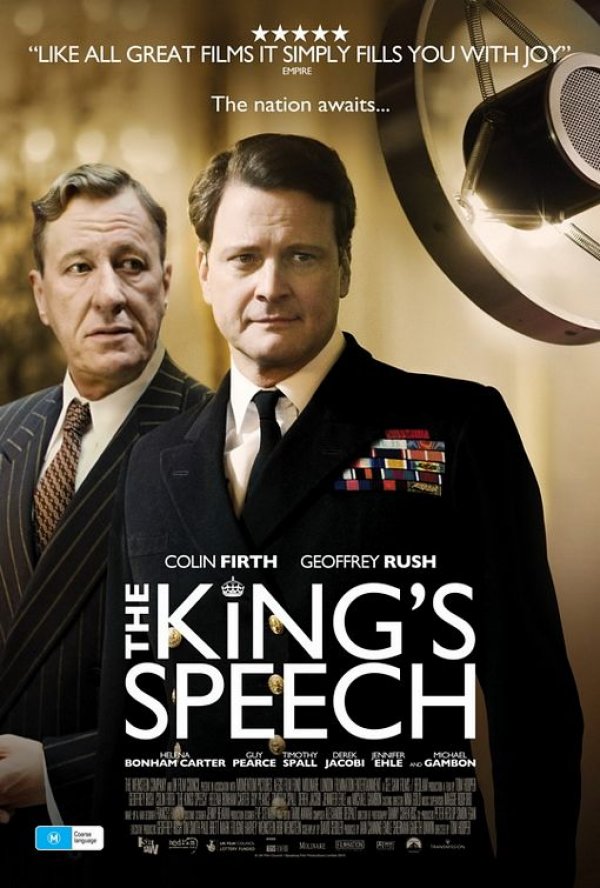ILL Manors, film review:
Director-
The director, Ben Drew "Plan B" - a rapper, singer/songwriter, actor, film director and producer hasn't directed any other films, however has served as an actor in the films The Sweeney & Harry Brown. Ben's creative and significant use of shots respectively earns him to be acknowledged as an in fact, good director and producer, plus his first film. Creative aspects of Ill Manors is towards the very end, the cab driver is seen to be Ben, himself.
Main stars-
Aaron, played by "Riz Ahmed" has starred in several movies. He's most known for Four Lions, a comedic, British black movie, following realistic conventions of the Muslim community and so on. It's realism approach to comedy is what made the movie such a success, people could truly relate and see some of the stuff being said in the film. Film context wise, he is known to be the protagonist. He appears the most out of everyone, and he serves as the equilibrium towards the middle when he attempts to save the abandoned baby. He also doesn't show any signs of being the bad guy, at all, in fact his whole outfit that connotes a 'chavy' sort of person is not what he is at all, and is instead a misinterpretation. Examples of misinterpretations is during the scene when he holds out a gun, but instead it is just him and the mirror.
Ed, played by "Ed Skrein" is most known from the television series, Game of Thrones. His role in Ill Manors, aside with Aaron seems to be him being the 'helper' towards the end when a fire breaks out at the club, and attempts to save the baby. However this view of him may be skeptical towards some viewers as he also brings down the gun first.
Plot -
The plot seems to be very dynamic to each situation that each person is in. Ill Manors, interestingly, doesn't just follow a central goal and set of people. Drug dealer, Ed loses his cell phone and to compensate for his loss, uses Michelle who is a drug addict to obnoxiously ask for an innkeeper to pay to 'use' her for the night. Aaron, while on the train, finds an abandoned baby and seeks to help. He returns to Ed with a gun and a baby. The baby of course had it's reasons for being left as it is, sex slave, Katya wanted nothing to do with it.Characters -
As stated before, Riz Ahmed who plays Aaron is the protagonist. His character comes to show how even someone affiliated with anti-social, crime, violence related things can change for the better. Riz's acting seem to perfectly fit the character Ben Drew visioned, someone who is neither good or bad. Bad because of his affiliations and good because of his morals. Similar to this may be Ed, played by Ed Skrein. Ed has shown skeptical change, however ends with a dreadful death - falling out the window. His acting is not the conventional 'bad guy' because we actually see sympathy from him, especially during the scenes with the baby.Genre -
The obvious answer for Ill Manor's genre would be Crime & Drama. The involvement of drugs, weapons, violence or any other explicit content is evident of this. Drama, because the constant roller coaster of integrity plays a lot with people in the film. However we as the audience only even realise the drama halfway through, just when the real plot unfolds. Despite this, there are some aspects of comedy, too. An example would be the first scene with all 3, Ed, Aaron and the baby, behind the dumpster. Comedic, goofy things play off between the two when the gun is smudged inside the baby's diaper. To even make it worse, it is covered in faeces.
Soundtrack -
Songs used in the film were very conventional of a British, urban, ghetto area. Music genres such as grime, rap, hip/hop or any other variations were used to obviously mirror this. As a result, the choices were absolutely parallel to the situations in the film, people's struggles slowly became less transparent and we understand the same struggle as of underrated music artists trying to make a living. This, meaning that the music choices weren't soft or relaxing at all, and instead were very rough or gave a feeling of struggle something we associate with ghetto, urban areas. Personally, I did like the music used specifically on a film genre like this, and totally expected it.Audience -
Speaking from the director's influence on the film, the audience would most likely be Plan B's music fans. Plan B is a rapper, so in respect the genre he offers connects well with the conventions of Ill Manors, which is very gritty and 'underground'. In addition, I feel like some of the audience could also relate to the plot as the realism in Ill Manors is completely understandable.
On the other hand, some audiences may just be interested by the whole thing, especially those foreign to the UK. It sort of does give a negative view, however it is what it is, and the film tries to explain the unpleasant side by making it enjoyable and intriguing, so they made a film using different aspects that draw people in and explain things.
Age wise, Plan B's audience would most likely be teenagers, ranging from ages of 12-18. Outside that, young adults that study UK's crime history and such, or those who just watch it for enjoyment.



